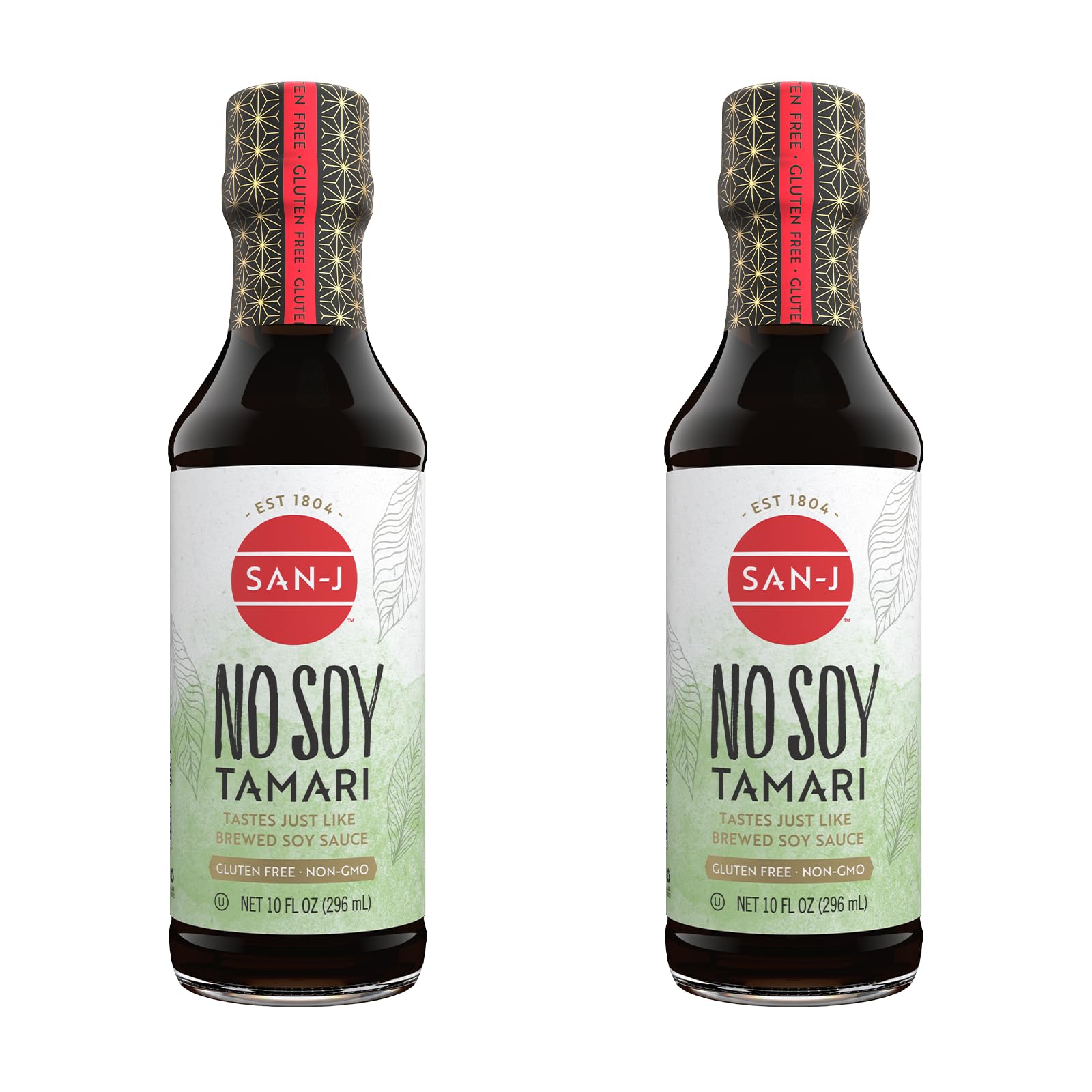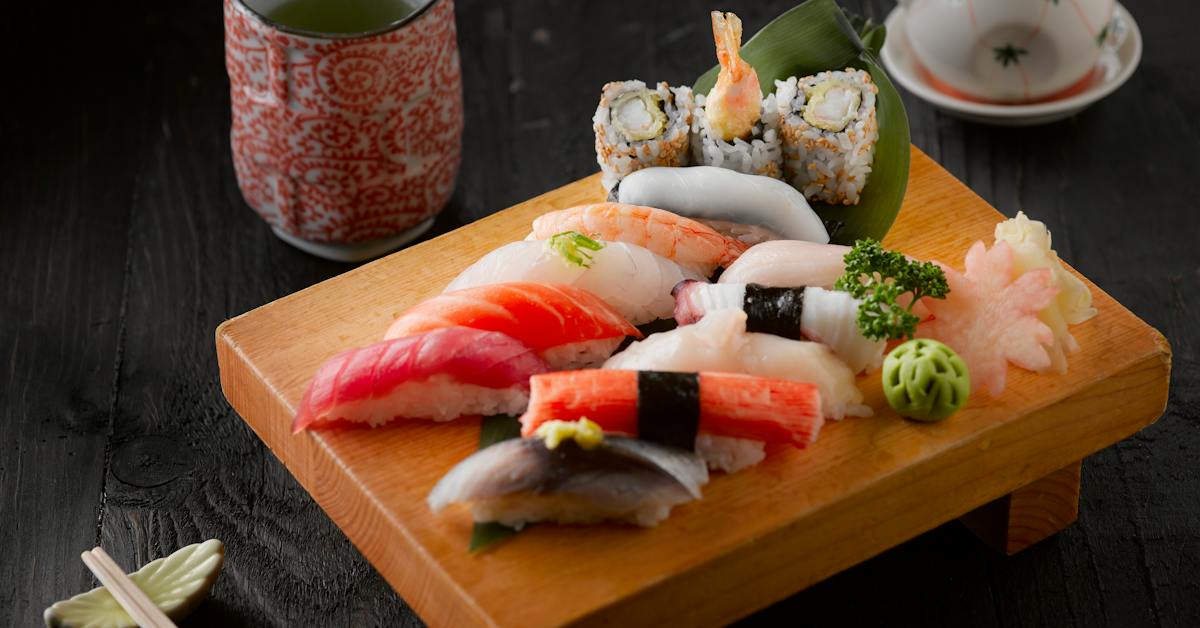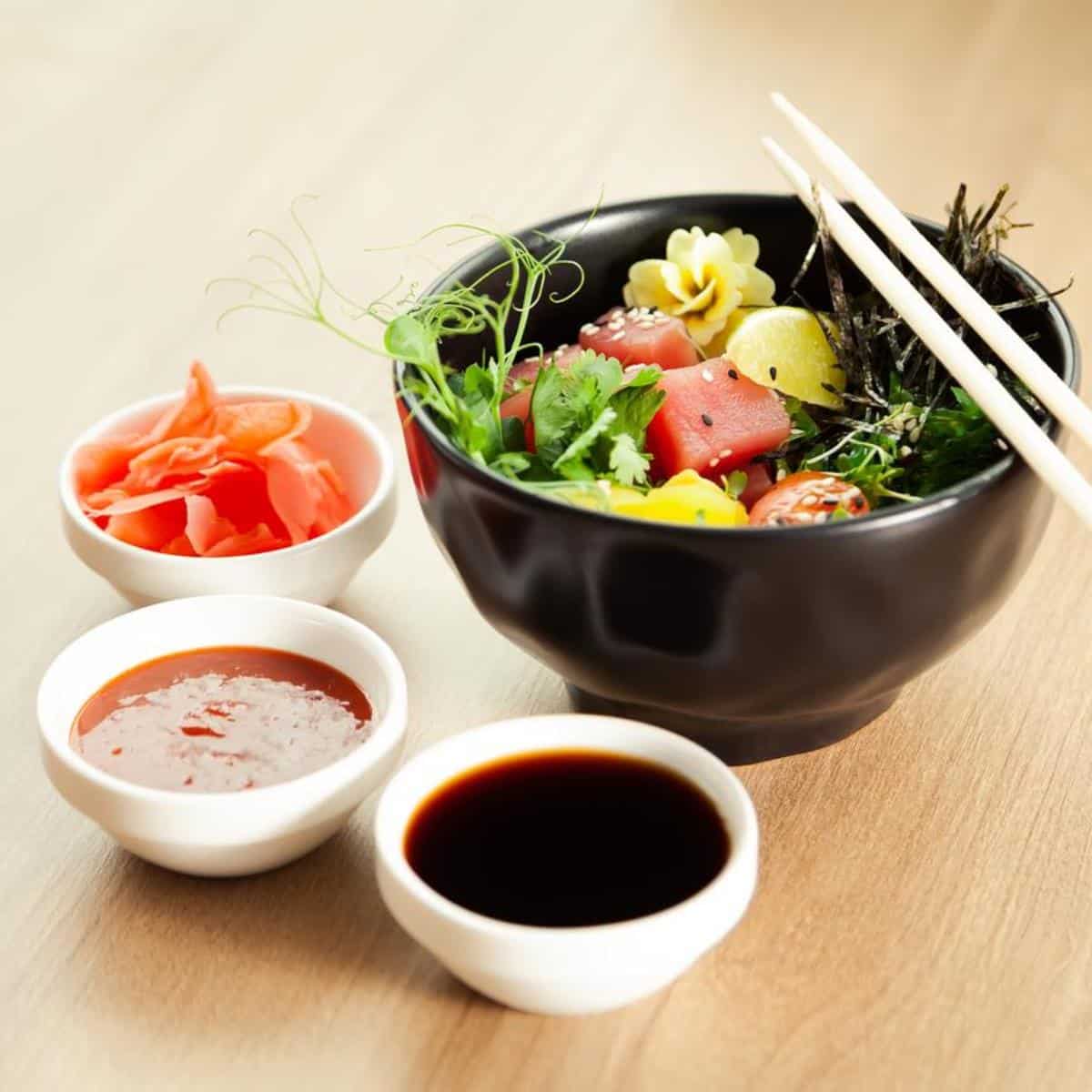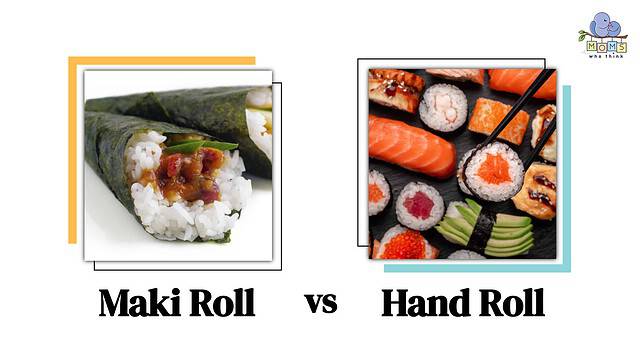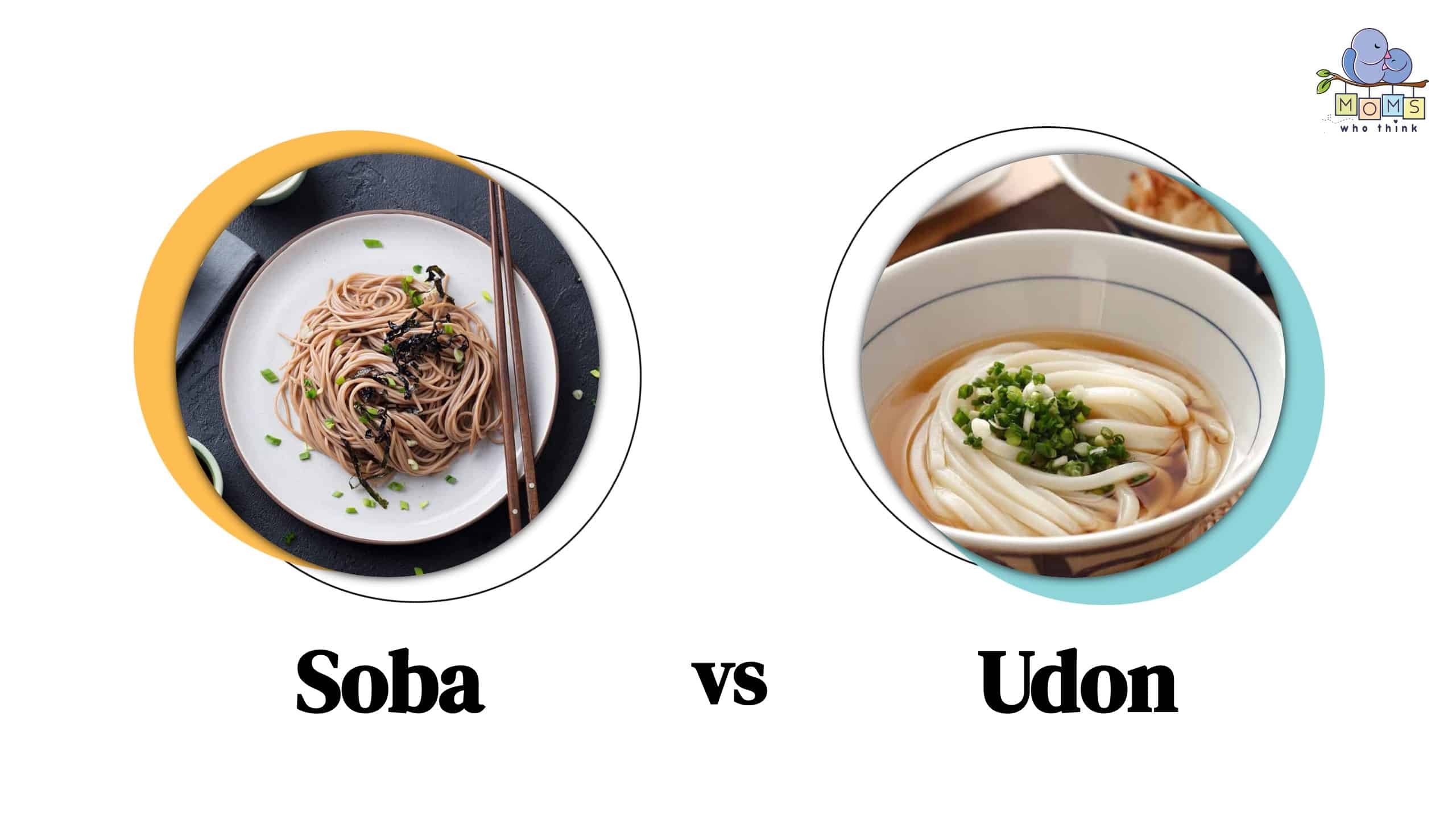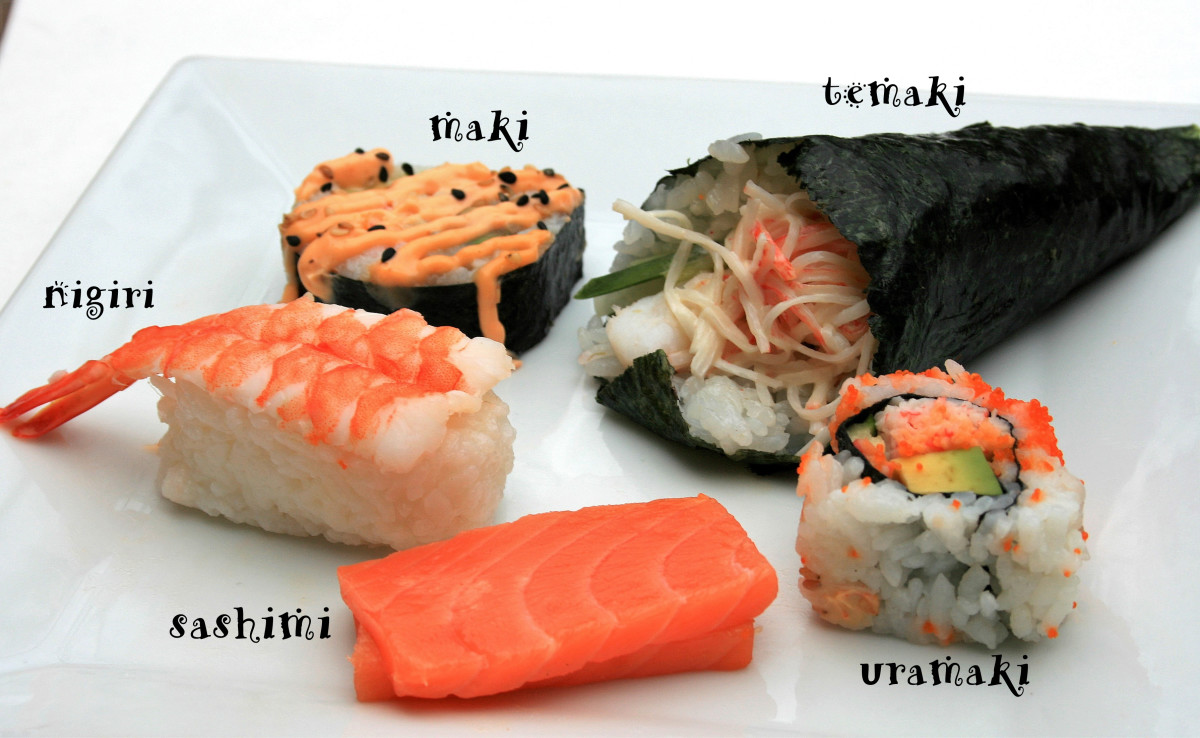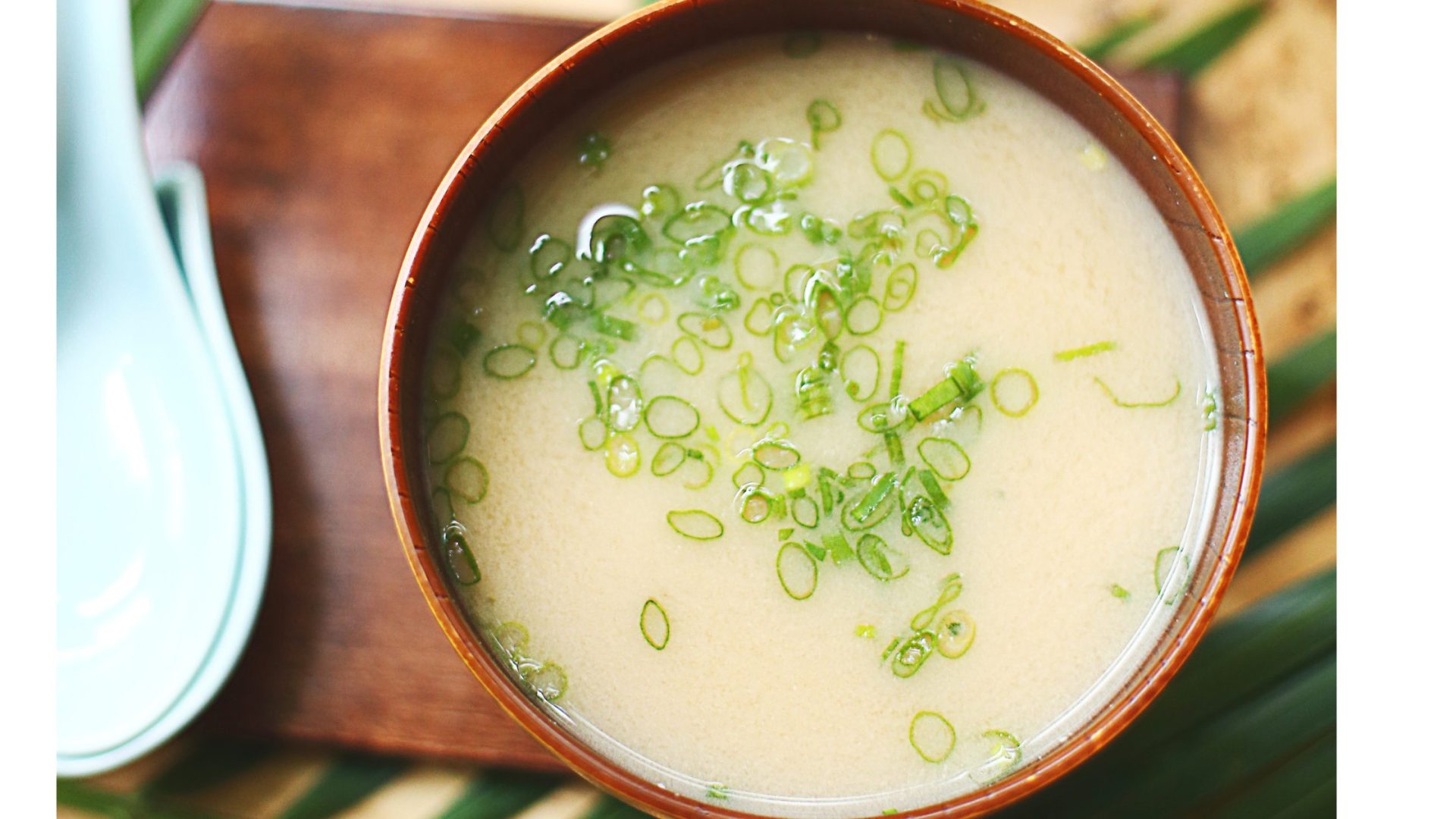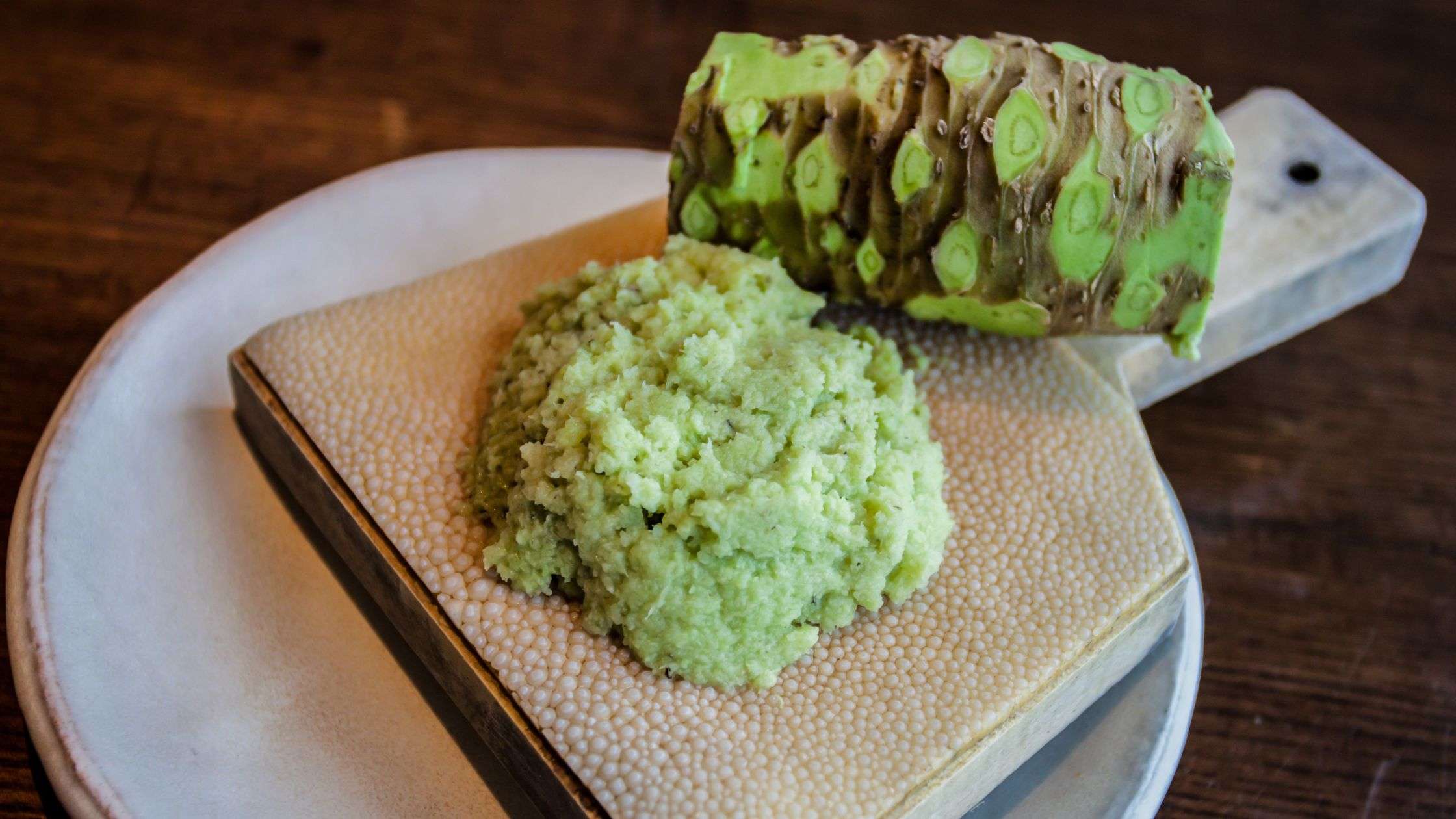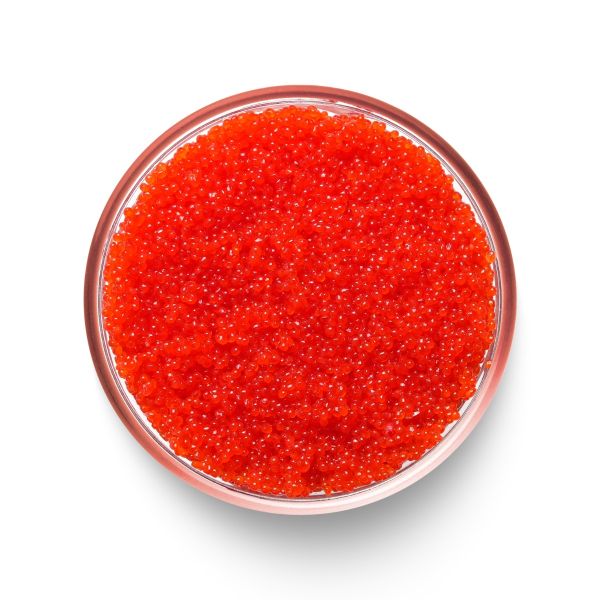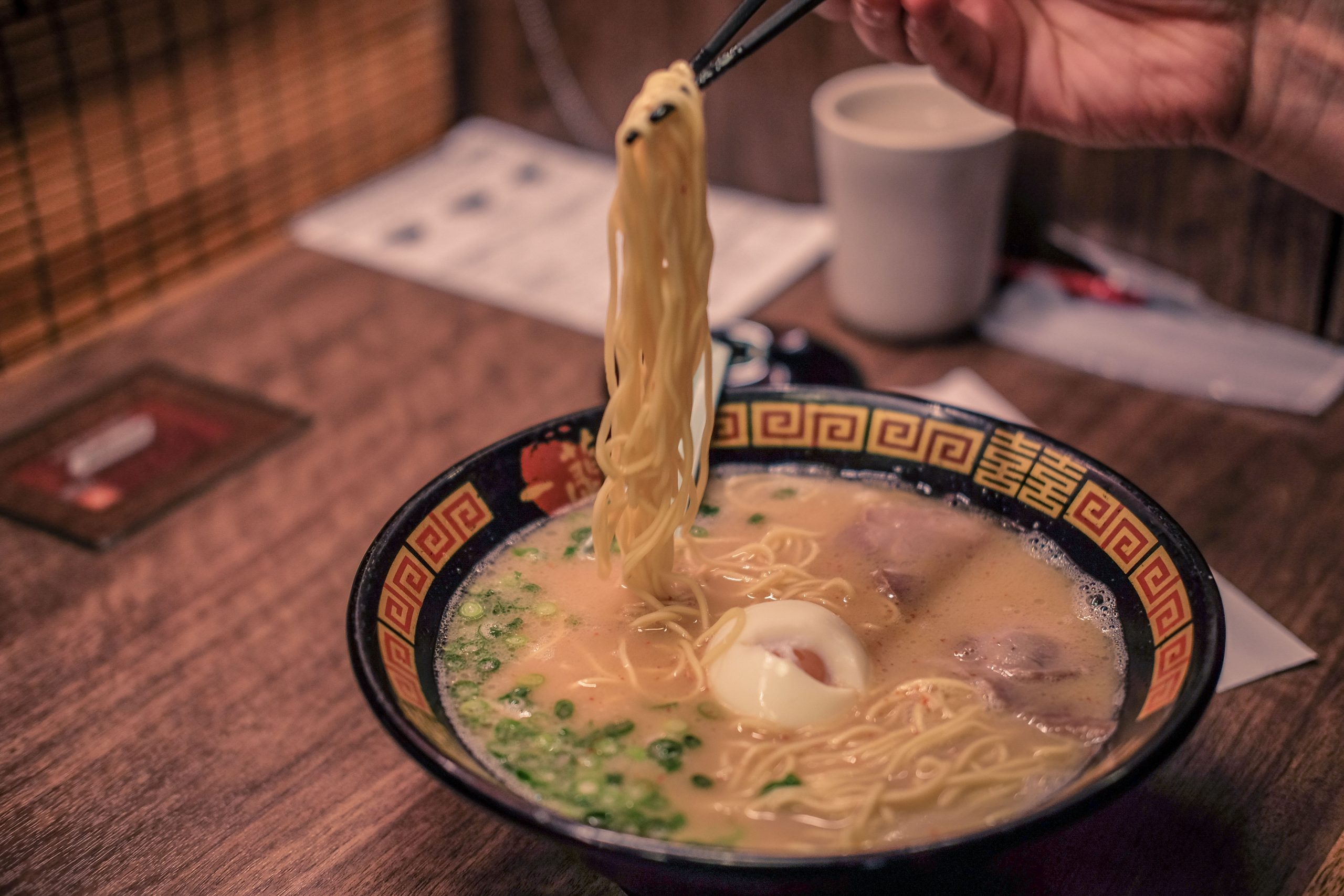– Udon and Soba are two popular types of Japanese noodles.
– Udon uses wheat flour while Soba uses buckwheat flour.
– Udon noodles are thicker and wider, while Soba noodles are thinner and resemble spaghetti pasta.
– Udon noodles are milder in taste, while Soba noodles have a nutty flavor.
– Soba noodles are considered healthier as they are lower in carbohydrates and calories, and contain beneficial nutrients.
– There are gluten-free varieties of Soba available.
– Both Udon and Soba can be enjoyed cold or hot, and are versatile ingredients in various dishes.
– Yaki soba: Stir-fried buckwheat soba noodles with choice of veggies, meat, or seafood, served with Worcestershire sauce.
– Zaru soba: Chilled soba noodles served with dipping sauce made of dashi stock, soy sauce, and mirin.
– Kake soba: Hot soup dish made by pouring warm broth over boiled soba noodles, usually made with bonito flakes, kelp, and nioboshi.
– Tempura soba: Soba noodles served with classic broth and topped with tempura-battered bites.
– Kitsune soba: Buckwheat noodle soup with fried tofu.
– Tsukimi soba: New Year’s Eve dish with soba noodles, broth, and fried egg.
– Yamakake soba: Buckwheat noodles with grated yam, leek, and simple soba soup base.
– Oroshi soba: Chilled soup with daikon radish, nori, bonito flakes, ginger, green onion, and shiitake mushrooms.
– Udon: Dense and chewy wheat flour noodles, can be found fresh or dried and served hot or cold.
– Kake udon: Simple udon soup.
– Yaki Udon: Stir-fried udon noodles with choice of veggies, meat, or seafood.
– Kitsune Udon: Udon noodle soup with fried tofu.
– Tanuki Udon: Udon noodle soup with tempura flakes.
– Tempura Udon: Udon noodles served with tempura-battered bites.
– Stamina Udon: Udon noodle soup with various toppings and ingredients for added energy.
– Curry Udon: Udon noodles served in a curry-flavored broth.
– Zaru Udon: Chilled udon noodles served with dipping sauce.
Continue Reading
